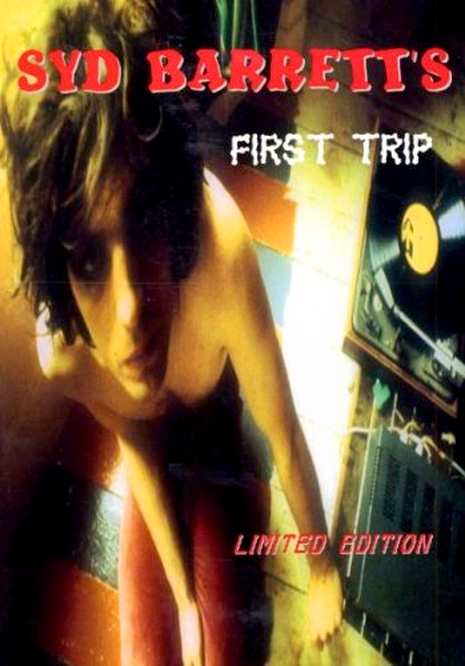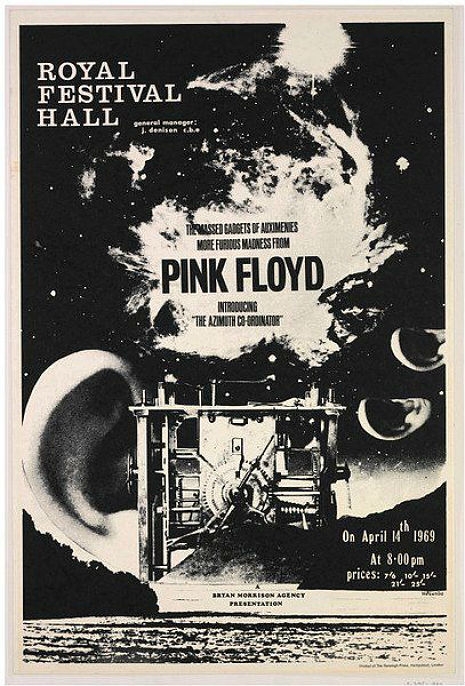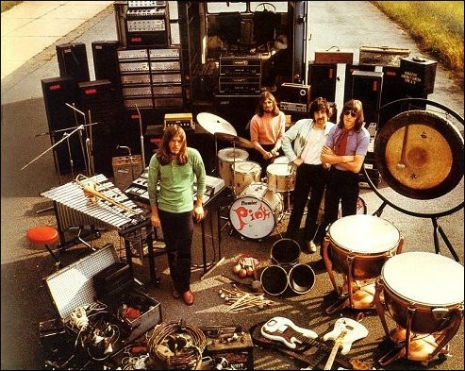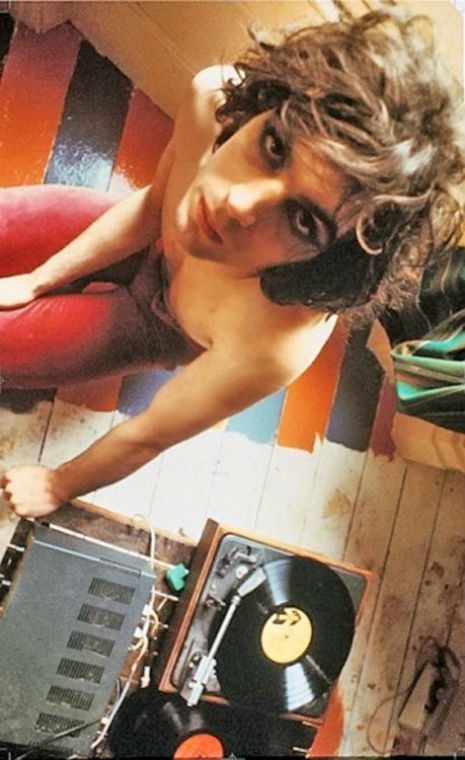
Here’s a real treat: On the 10th of May, 2007 at London’s Barbican Centre, a diverse group of great musicians got together to honor the memory of the late Roger “Syd” Barrett, the founding member of Pink Floyd. The co-musical director for the show was one of my best friends, Adam Peters (you’ve heard his cello in Echo & The Bunnymen’s “Killing Moon,” “Life in a Northern Town” by The Dream Academy and on many albums. Adam also did the soundtrack to my Disinformation TV series and now he works on Hollywood films).
Also appearing with Roger Waters, was my former next door neighbor in NYC, Jon Carin. Jon actually has played with both Pink Floyd AND Roger Waters. I think he’s the only person to have had a foot in both camps, which was interesting position to be in, I think you’ll agree. Surely there’s a book in that!
When Adam got back from the concert, full of great stories about the experience, I was eager to hear a CD of the show, but he told me that it had deliberately not been recorded because the idea was that this was a very special event and if you were there, you saw and heard something amazing, but that it would… evaporate. Of course Pink Floyd fans being what they are, at least one enterprising fellow made a pretty good audience recording. Here ‘tis as generously shared by the quite wonderful Brain Damage podcast. The show starts about 7 minutes in. It’s pretty amazing.
This incredible event was a tribute to the late Roger “Syd” Barrett, produced by Nick Laird-Clowes (of Dream Academy) with associate producer Joe Boyd (early Pink Floyd’s producer and founder of legendary UFO club in London). Surprise performances from Roger Waters himself with Jon Carin then the entire current Pink Floyd line-up (David Gilmour, Richard Wright, Nick Mason) were absolutely unbelievable!
The numerous other artists performing Syd Barrett’s music included Damon Albarn (Blur/Gorillaz), Chrissie Hynde (The Pretenders), The Bees, Vashti Bunyan, Captain Sensible, Robyn Hitchcock. The house band included Andy Bell (bass, Oasis), Simon Finley (drums, Echo & The Bunnymen) and Ted Barnes (guitar, Beth Orton). A remarkably fitting tribute to Roger “Syd” Barrett. Doctored for supersound!
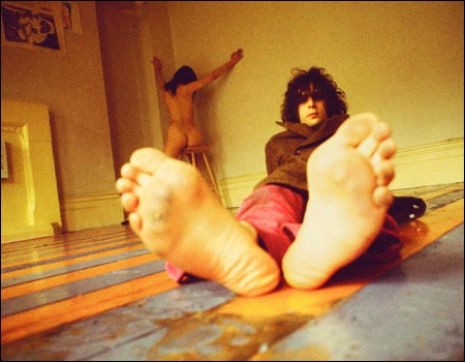
Set 1
1. Show intro
2. Bike - Sense of Sound Choir
3. Flaming - Captain Sensible & Monty Oxymoron
4. Here I Go - Kevin Ayers
5. Oh, What A Dream - Kevin Ayers
6. Baby Lemonade - Nick Laird-Clowes & Damon Albarn
7. Octopus - The Bees
8. The Gnome - Nick Laird-Clowes & Neulander (Adam Peters/Korinna Knoll)
9. Matilda Mother - Mike Heron
10. Golden Hair - Martha Wainwright, Kate McGarrigle & Lily Lanken
11. See Emily Play - Martha Wainwright, Kate McGarrigle & Lily Lanken
12. Flickering Flame - Roger Waters & Jon Carin
Set 2
13. Video presentation
14. Chapter 24 - Gordon Anderson & Sense of Sound Choir
15. The Scarecrow - Vashti Bunyan, Gareth Dickson & Nick Laird-Clowes
16. Love Song - Vashti Bunyan, Gareth Dickson & Nick Laird-Clowes
17. Ian Barrett - Talking about his uncle Roger “Syd” Barrett
18. The Word Song - Damon Albarn, Kate St. John & David Coulter
19. Astronomy Domine - Captain Sensible & Jon Carin
20. Terrapin - Robyn Hitchcock
21. Gigolo Aunt - Robyn Hitchcock, John Paul Jones & Ruby Wright
22. Dark Globe - Chrissie Hynde & Adam Seymour
23. Late Night - Chrissie Hynde & Adam Seymour
24. Joe Boyd - Talking about Roger “Syd” Barrett and organising the show
25. Arnold Layne - David Gilmour, Nick Mason, Richard Wright
26. Jugband Blues from video presentation
27. Bike - Jam Session with all musicians (except for Roger Waters)
Below, what would be the final performance by Pink Floyd. David Gilmour, Rick Wright and Nick Mason play “Arnold Layne” with Jon Carin (keyboards, vocals) and Andy Bell from Oasis (bass guitar).
Roger Waters and Captain Sensible videos after the jump…






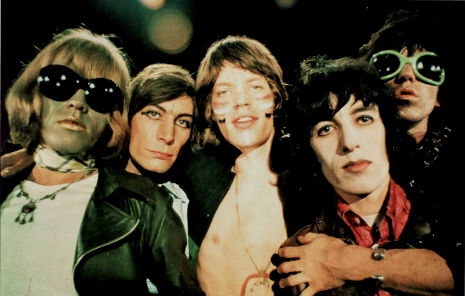
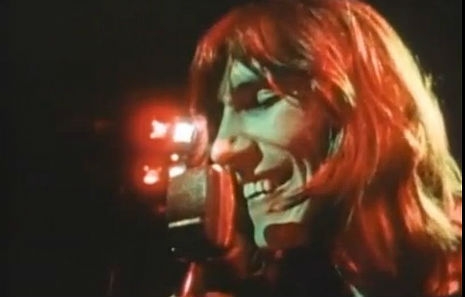


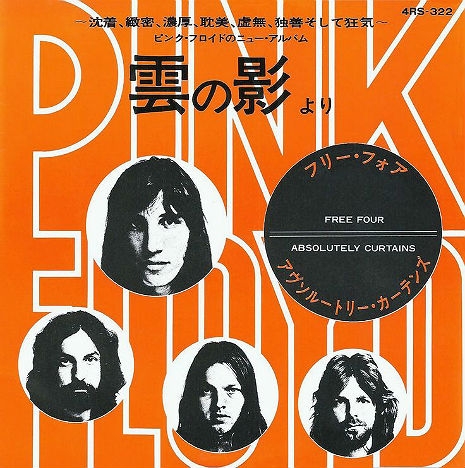
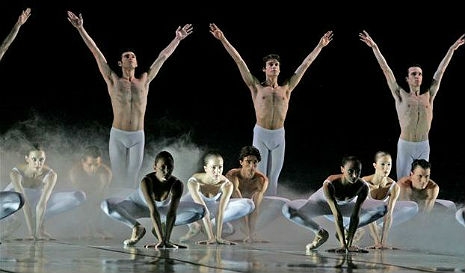
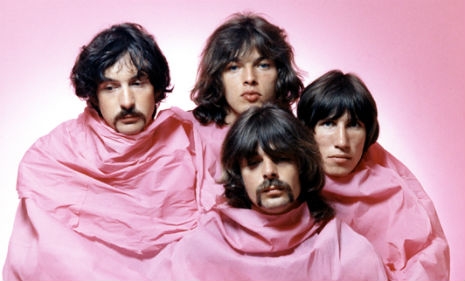
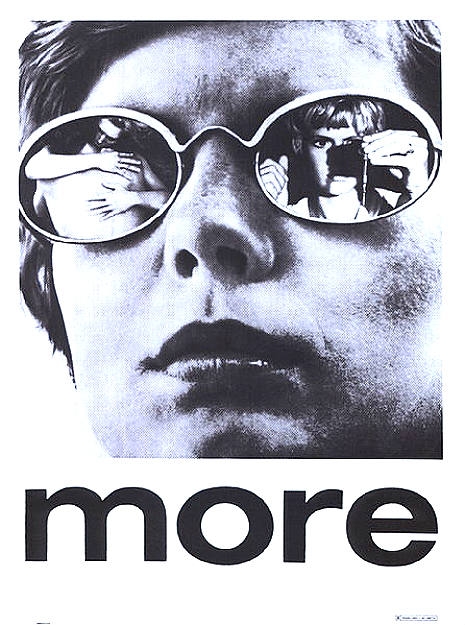
_465_349_int.jpg)


